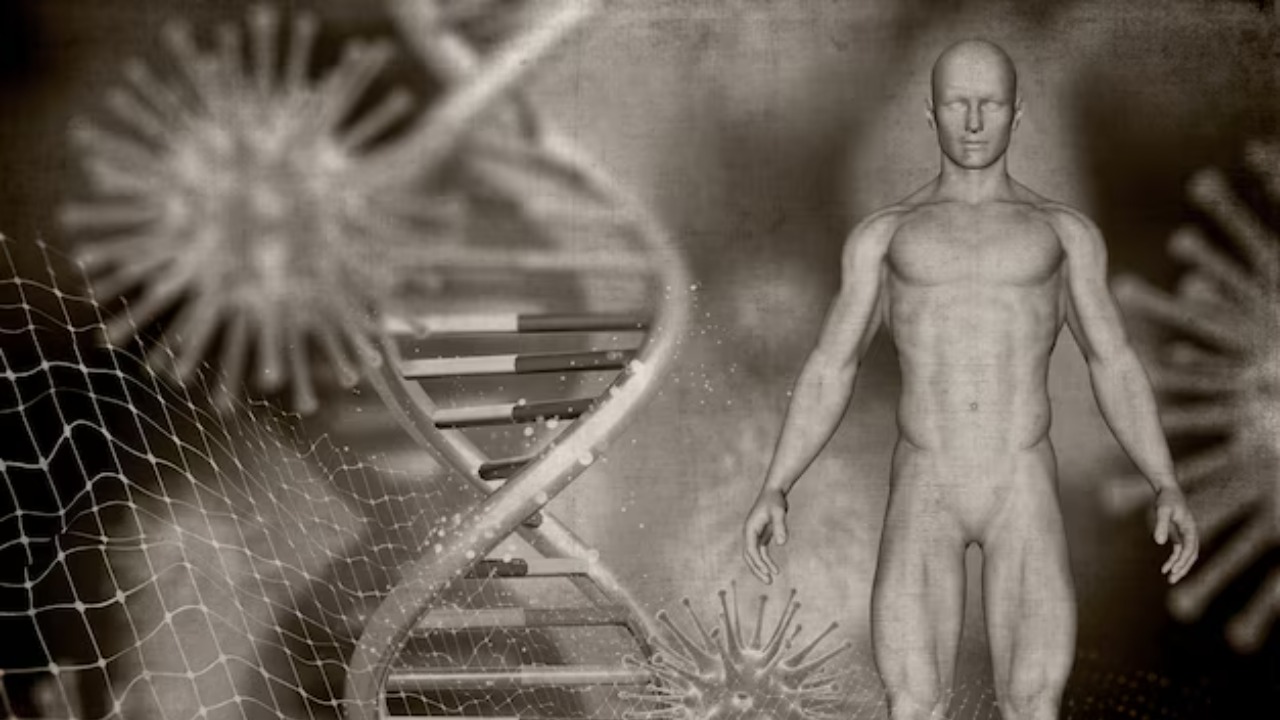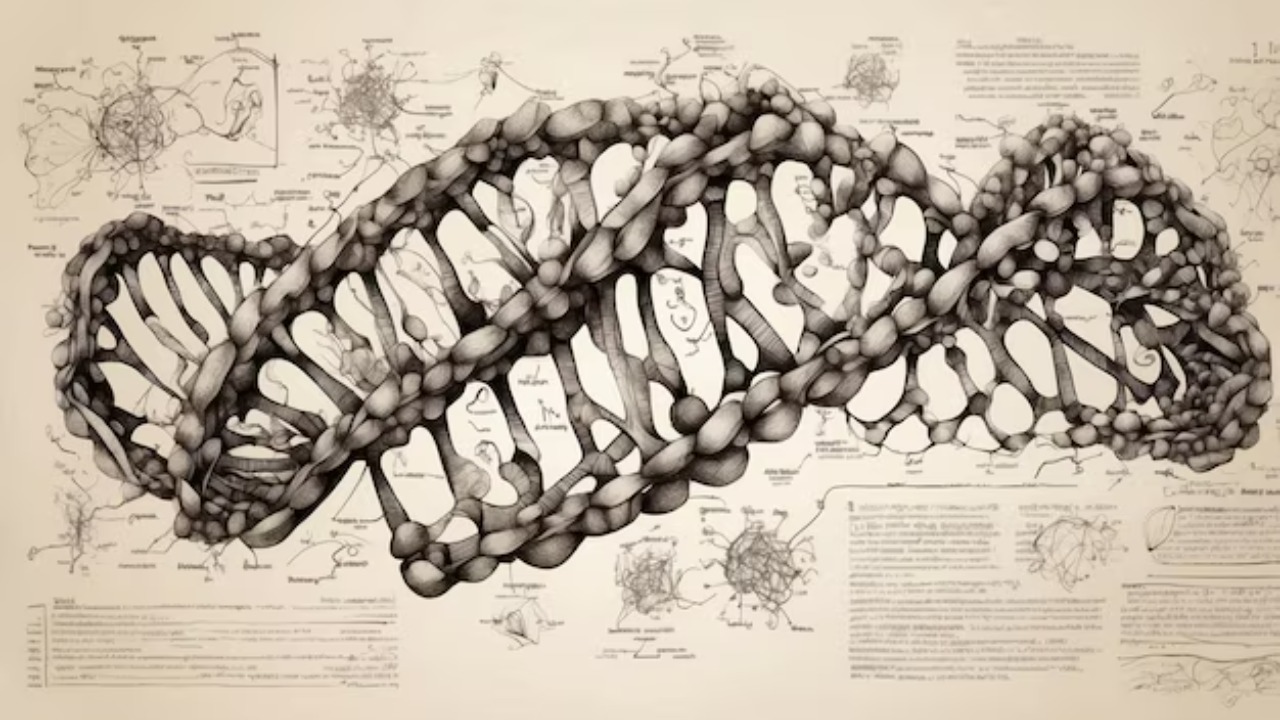
Recent discoveries in genetic research have sparked intriguing debates about the possibility that humans may not be the first advanced species to have inhabited Earth. A collection of DNA clues suggests that our understanding of human history might be more complex than previously thought, hinting at the existence of a pre-human civilization.
Ancient DNA and Its Revelations

Mitochondrial DNA Discoveries
Recent studies on mitochondrial DNA have uncovered evidence pointing to the existence of unknown ancient hominins. These findings add a new layer to our understanding of human evolution, suggesting potential branches of hominins that diverged from the known evolutionary tree. The implications are profound, reshaping our perceptions of how Homo sapiens came to dominate the planet.
Alongside this, certain genetic sequences have been identified that do not match any known hominin DNA. This discovery raises the possibility of interactions with unknown species, potentially rewriting parts of the history of life on Earth. The presence of these genetic markers could hint at a complex web of evolutionary paths, some of which we have only just begun to explore.
Archaeological Findings and Advanced Civilizations

Unexplained Artifacts
Archaeological discoveries of advanced tools and structures that predate known human civilizations have challenged our historical timelines. Items such as precisely carved stones and ancient infrastructure suggest the presence of technologically advanced societies long before the rise of recognized human civilizations. These artifacts could potentially belong to civilizations that either vanished without leaving a trace in historical records or integrated with emerging human societies.
Theories abound regarding possible lost civilizations that might have existed before recorded history. These civilizations could have had significant impacts on the development of subsequent human cultures, either through direct contact or via the remnants of their technological and cultural achievements. Uncovering more about these potential societies could offer insights into the resilience and adaptability that characterize human history.
Comparative Analysis with Other Species

Non-Human Intelligence
The study of other species, particularly those exhibiting high levels of intelligence, offers intriguing possibilities about advanced non-human civilizations. Species such as dolphins and primates display complex social structures and problem-solving abilities, suggesting that intelligence is not solely a human trait. This opens up the possibility that other intelligent species might have existed in Earth’s past, perhaps even reaching levels of advancement comparable to early human societies.
Looking at extinct species like Neanderthals and Denisovans, we can learn lessons about adaptation and survival. These hominins shared the planet with early humans and demonstrated remarkable resilience in diverse environments. Understanding their stories could provide clues about how any hypothetical pre-human civilizations might have thrived or why they eventually disappeared.
The Role of Technology in Understanding Our Past

Advancements in Genetic Sequencing
With the advent of modern technology, particularly in genetic sequencing, our perceptions of history and human origins are undergoing significant transformation. Advanced sequencing methods allow scientists to analyze ancient DNA with unprecedented accuracy, uncovering genetic information that was once inaccessible. This technology is pivotal in reshaping our understanding of the evolutionary narrative and could potentially uncover evidence of other advanced species that have inhabited Earth.
As we look to the future of archaeological and genetic research, there is immense potential for new discoveries that could illuminate the existence of advanced species in Earth’s distant past. Continued advancements in technology may provide the tools needed to uncover further evidence of past civilizations, potentially rewriting the chronicles of our planet’s history.
Scientific Skepticism and the Need for Evidence

Challenges in Interpretation
Despite the excitement surrounding these discoveries, there is considerable skepticism within the scientific community regarding the interpretation of genetic and archaeological findings. Many researchers emphasize the importance of cautious analysis and the risk of drawing conclusions from incomplete data. The existence of pre-human civilizations remains a tantalizing hypothesis, but one that requires substantial evidence to gain wider acceptance.
The need for rigorous evidence and peer-reviewed research is paramount in substantiating claims about pre-human civilizations and advanced species. As we continue to explore these possibilities, it is crucial to maintain scientific integrity and ensure any claims are backed by solid, reproducible evidence. Only through diligent research can we hope to uncover the true history of advanced life on Earth.